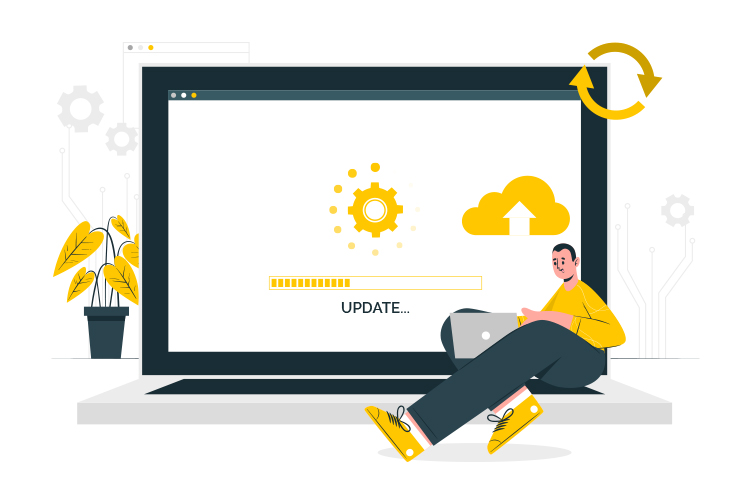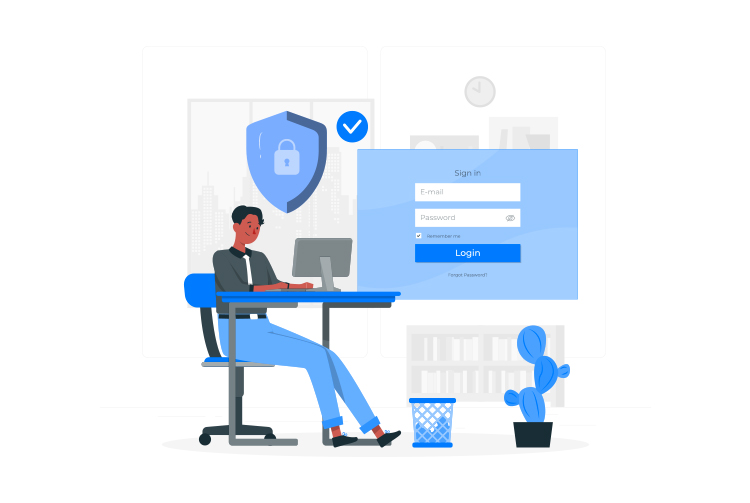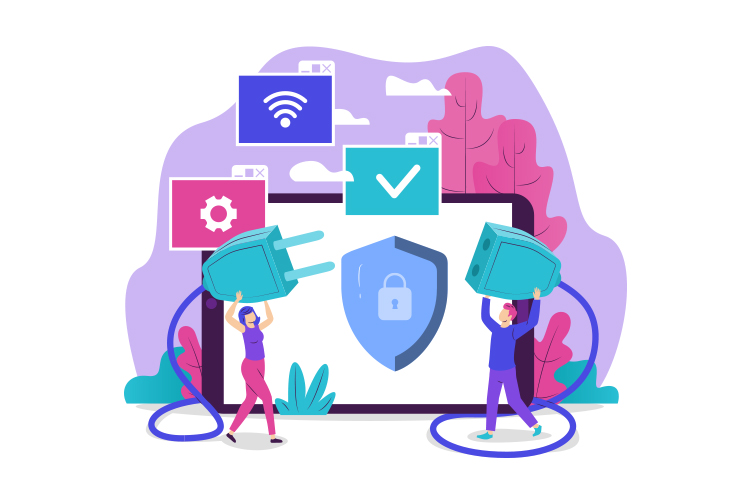The Ultimate Guide to WordPress Security for Developers in 2023

WordPress is a popular content management system that powers over 40% of all websites on the internet. This widespread popularity makes WordPress a prime target for hackers and cyber criminals, who seek to exploit vulnerabilities in the platform. As a WordPress developer, it is imperative to understand the security risks associated with the platform and take proactive steps to secure your website from potential threats.
In this comprehensive guide to WordPress security for developers in 2023, we will cover the essential steps that developers can take to protect their WordPress websites from cyber attacks.
Keep Your WordPress Core and Plugins Up-to-Date

The most effective way to prevent security threats is to ensure that your WordPress core and plugins are always up-to-date. Updates are often released to address security vulnerabilities and improve the functionality of the platform. By keeping your WordPress website up-to-date, you can help prevent cyber threats and ensure that your website remains secure.
Use Strong Passwords

Password security is a critical aspect of securing your WordPress website. To protect your website, it is recommended to use strong passwords that are at least 12 characters long and contain a combination of upper and lowercase letters, numbers, and symbols. Avoid using common words or phrases as passwords, as these are easily guessable by hackers.
Secure Your Login Page

The login page is a prime target for hackers and cyber criminals. To secure your login page, consider implementing two-factor authentication, which adds an extra layer of security to the login process. Additionally, you can also limit the number of login attempts and implement a CAPTCHA system to prevent bots from accessing your login page.
Use a Firewall

A firewall is a security system that monitors incoming and outgoing network traffic and blocks malicious requests. By using a firewall, you can help prevent hackers from accessing your website and compromising your data. There are several reliable WordPress firewalls available, including Wordfence and iThemes Security.
Regularly Backup Your Website

Regular backups of your WordPress website are critical in case of a security breach or other disaster. By having a backup of your website, you can quickly restore your website to a previous version and minimise the impact of a security breach. Some popular backup plugins for WordPress include UpdraftPlus and VaultPress.
Limit User Access

It is important to limit the number of users who have access to your WordPress website and assign roles and permissions that are appropriate for each user. Additionally, regularly monitor user accounts to ensure that they are not being used maliciously.
Use an SSL Certificate
An SSL certificate encrypts data transmitted between your website and the user’s browser, preventing hackers from intercepting and stealing sensitive information, such as passwords and credit card numbers. Using an SSL certificate helps ensure that your website remains secure and provides your users with a secure browsing experience.
Regularly Monitor Your Website

Regular monitoring of your WordPress website is crucial to ensuring that it remains secure. There are several security plugins available for WordPress, such as Sucuri and MalCare, that can help you monitor your website for potential security threats.
Use a Security Plugin

Security plugins are designed to help secure your WordPress website and protect it from cyber threats. These plugins can perform tasks such as monitoring your website for potential security threats, backing up your website regularly, and blocking malicious requests. Some of the most popular security plugins for WordPress include Wordfence, iThemes Security, and Sucuri.
Stay Educated

Finally, it is important to stay informed and educated about the latest security threats and best practices for securing your WordPress website. Regularly check for updates on the latest WordPress security issues and attend conferences and workshops to learn about new security strategies and technologies. By staying informed and up-to-date on the latest WordPress security trends and practices, you can ensure that your website remains secure and protected from cyber threats.
In addition to the above steps, there are several other security measures that can be taken to further secure your WordPress website.
For example,
Using a content delivery network (CDN) can help to distribute your website’s content and reduce the risk of a security breach. CDN services such as Cloudflare can also provide additional security features, such as DDoS protection and web application firewalls.
Another security measure to consider is implementing a security header on your website.
Security headers,
Such as HTTP Strict Transport Security (HSTS), can help to protect your website from various types of cyber attacks, including cross-site scripting (XSS) and man-in-the-middle (MITM) attacks.
Finally, it is important to regularly assess and evaluate your WordPress security measures.
This can be done by conducting regular security audits and penetration testing to identify and address potential vulnerabilities in your website. By regularly assessing your website’s security, you can ensure that it remains secure and protected against potential threats.
In conclusion,
The ultimate guide to WordPress security for developers in 2023 is a comprehensive guide to securing your WordPress website. By taking proactive measures to secure your website, including keeping your core and plugins up-to-date, using strong passwords, securing your login page, using a firewall, backing up your website regularly, limiting user access, using an SSL certificate, monitoring your website regularly, using a security plugin, and staying informed and educated on the latest security threats, you can protect your website from cyber attacks and ensure the safety and security of your users’ data.












